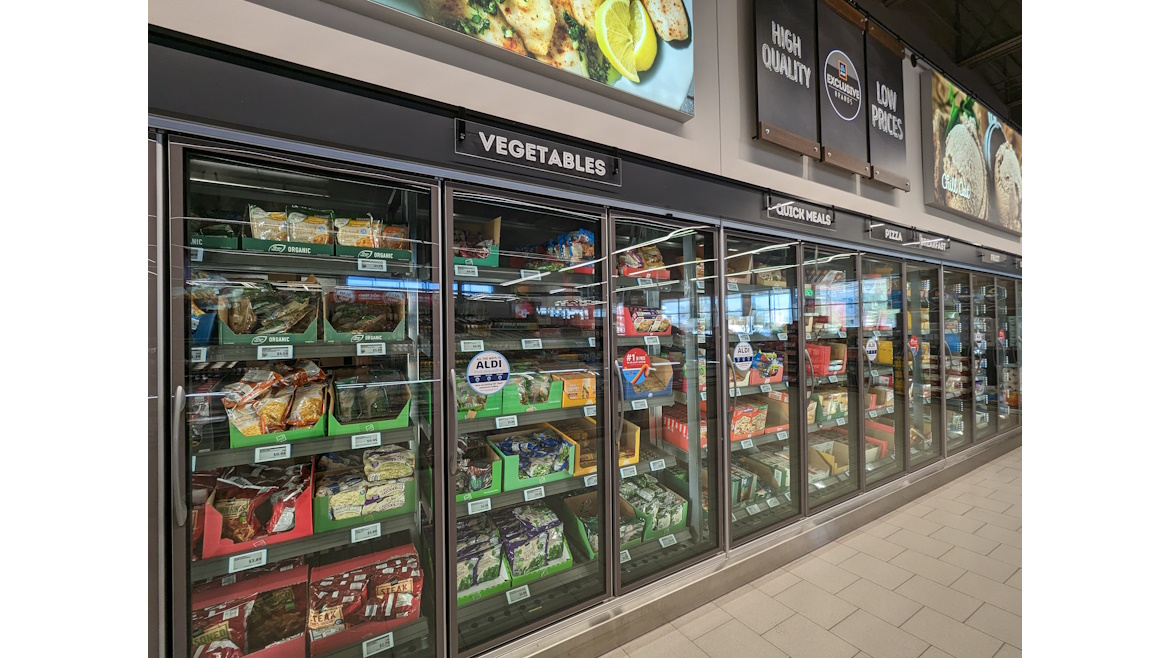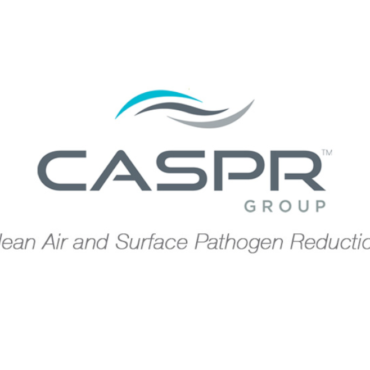The ability to efficiently troubleshoot refrigeration system issues is one of the keys to operating a successful service business. Quickly and accurately determining the cause of a system problem is beneficial to both the equipment owner and the servicing contractor. Experience can be a major factor in a technician’s ability to troubleshoot systems with greater precision.
Unfortunately, contractors cannot always send the most experienced technician to troubleshoot a refrigeration issue, so they may need to rely on a less experienced technician to identify the issue and repair the problem. Many times, the less experienced technician might call on the more experienced technician for guidance during the troubleshooting or repair process.
A possible tool contractors can utilize when sending out a less experienced technician is data recording. On a new system startup or after a repair by an experienced technician, record some of the more pertinent system parameters. Those parameters would be recorded based on the type of system; for example, on a walk-in cooler perhaps record:
- Suction and discharge pressures;
- Compressor amperage draw;
- Temperature of the air entering the condenser; and/or
On a reach-in cooler, recording the evaporator superheat and condenser subcooling would not be as beneficial and could be omitted. On ice machines, perhaps include ambient air temperature, inlet water temperature freeze time, and harvest time. Which parameters to include or omit can be customized by the contractor, as long as the information recorded will help another technician. The additional time required to record this data can be worth the time and effort.
Where the information is recorded and stored can vary based on a company’s preference. It can be recorded on the equipment using some type of tag or marker, or it can be listed on the company’s work ticket or on a separate form. Any of these will work as long as they can be easily referenced by other technicians in the future.
Another possible benefit to data recording is it can help a service contractor verify the system is working as intended. It could also serve as a check and balance between the company and its technicians.
Recording this information can also be beneficial for maintenance inspections. If a system is still operational but a slight change in a differential between two parameters is observed, it may indicate an issue developing. For example, on a system with an air-cooled condenser, if the temperature difference between the refrigerant’s condensing temperature and inlet air temperature has changed, that could be a sign that the condenser coil needs cleaning. The coil might not look dirty and on inspection, you may have decided not to clean it, but after seeing the change in the temperature differential, you might rethink that decision.
Data recording is only a useful tool if the information is accurate. If false information is recorded for the sake of completing a form or satisfying a company policy, then the value is lost, and it is a waste of time. Recording true and accurate information is the key to making this a valuable tool.
Whether you require installation, repair, or maintenance, our technicians will assist you with top-quality service at any time of the day or night. Take comfort in knowing your indoor air quality is the best it can be with MOE heating & cooling services Ontario's solution for heating, air conditioning, and ventilation that’s cooler than the rest.
Contact us to schedule a visit. Our qualified team of technicians, are always ready to help you and guide you for heating and cooling issues. Weather you want to replace an old furnace or install a brand new air conditioner, we are here to help you. Our main office is at Kitchener but we can service most of Ontario's cities
Source link


